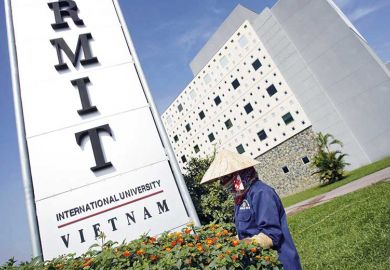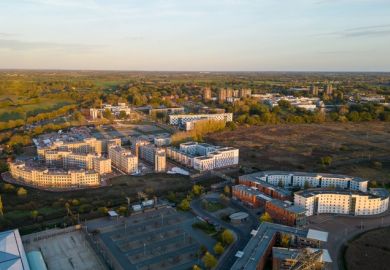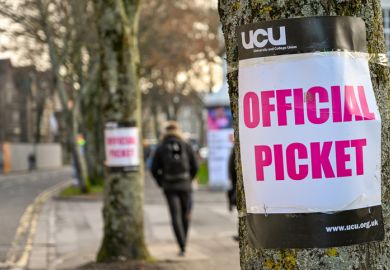Academics at a US university have struck a groundbreaking agreement with their institution that attempts to combat big pay gaps between its flagship campus and outposts in more disadvantaged communities.
The four-year contract between Rutgers, the State University of New Jersey and its 4,800-member main faculty union, retroactive to last July, sets out annual rises of nearly 3 per cent, similar to what other Rutgers employees already are getting.
But in an usual provision, the faculty agreement includes language – a priority demand of the union – that aims to equalise pay for all academics between the Rutgers flagship in New Brunswick and the system’s campuses in Newark and Camden.
That is a departure from the practices of many other state university systems across the country, which, with varying degrees of intentionality, favour their flagship campuses as a strategy for building their reputations.
“This is, informally, what has been happening at Rutgers – very much to the detriment of Camden and Newark, and therefore to the detriment of their regions,” said David Hughes, a Rutgers professor of anthropology who serves as the union’s vice-president.
US public universities regularly tout the economic advantages that they represent to their communities. They are less likely to point out the potential disadvantages of a strategy that prioritises a single location.
As such, the move by Rutgers faculty to spread their wealth appears unique nationally, said Laura Perna, a professor of higher education at the University of Pennsylvania. It points out ways that public universities might be able to do more “to help improve local community and economic well-being”, Dr Perna said.
The need seems especially glaring in New Jersey. Newark and Camden – located just across major rivers from New York City and Philadelphia, respectively – are perennially listed among the poorest cities in the US.
The chancellor of Rutgers University–Camden, Phoebe Haddon, was optimistic, saying the prospect of higher salaries would assist the campus, and the city, in its efforts to advance its “rising reputation” for research in healthcare and biosciences.
A significant economic boost from the faculty action seems possible, said Robert Toutkoushian, a professor of higher education at the University of Georgia. A key question, Professor Toutkoushian said, was the degree to which the additional pay represents new money for the campuses or just a shift in resources already allocated for them.
Rutgers staff certainly expect to see overall increases for Newark and Camden campuses, as part of their broad push for equity, Professor Hughes said. In addition to balancing pay between the three Rutgers campuses, he said, the new contract aims to balance pay within academic disciplines as a way of reducing racial and gender-based disparities.
One provision requires that professors be paid at least 91 per cent of the mean salary of a professor of equivalent rank in the same field, Professor Hughes said. Another provision requires that faculty in the same fields in Camden and Newark be paid at least 91 per cent of the mean in New Brunswick, he said.
The union threatened to strike to secure these equity provisions, after compiling data showing that Camden faculty were underpaid by 20 per cent, and Newark faculty by 10 per cent, compared with their New Brunswick colleagues.
The equity terms are estimated to account for about $11 million (£8.5 million) of the $17 million annual cost of the contract, Professor Hughes said. Rutgers should be able to cover that, he said, given the university’s average annual surplus of $50 million.
Register to continue
Why register?
- Registration is free and only takes a moment
- Once registered, you can read 3 articles a month
- Sign up for our newsletter
Subscribe
Or subscribe for unlimited access to:
- Unlimited access to news, views, insights & reviews
- Digital editions
- Digital access to THE’s university and college rankings analysis
Already registered or a current subscriber?








